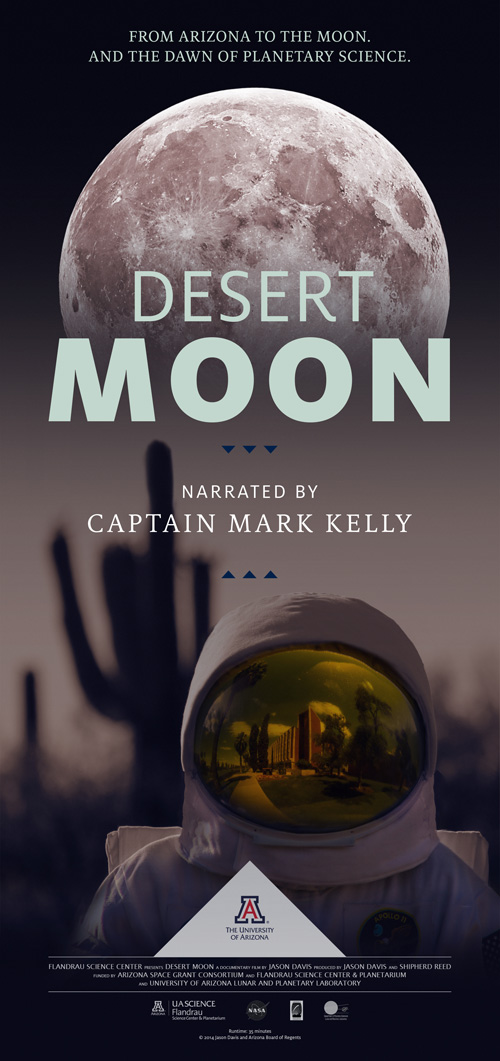
From Arizona to the Moon. And the dawn of planetary science.
In 1961, President John F. Kennedy famously declared Americans would walk on the moon by the end of the decade. But at the time, scientists couldn't say for sure whether the moon's surface was solid, or just a thick layer of dust. While NASA engineers focused on building rockets, scientists scrambled to map the moon, send robotic probes to its surface, and select astronaut landing sites.
At the University of Arizona, astronomer Gerard Kuiper led the effort to understand the moon. He established the Lunar and Planetary Laboratory, one of the world's first research institutions dedicated to the solar system. Desert Moon features interviews with Kuiper's fellow scientists, along with restored archival footage and photographs. Using the lens of the space race, Desert Moon examines the fascinating chain of events that led to the creation of planetary science.
The film was created by University of Arizona journalism graduate student Jason Davis and produced by Jason Davis and Shipherd Reed. It was narrated by Arizona Senator Mark Kelly.

